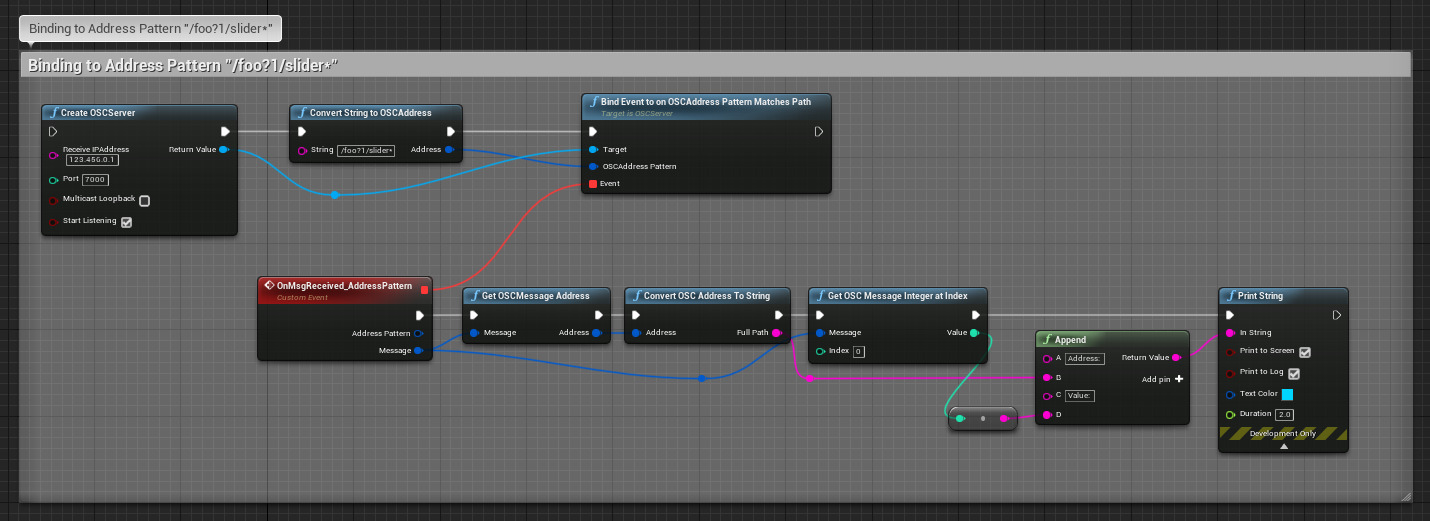
It has been proposed to add an IGMP Source Quench type message to eliminate traffic from a specific source. This RPF check, which is unique to IP multicasting, will tend to detect and drop forged IP multicast traffic. If that RPF check fails, the multicast router will drop the packet rather than forward it. In order to prevent multicast routing loops, each multicast router subjects incoming multicast traffic to a Reverse Path Forwarding (RPF) check that verifies that acceptability of each multicast packet’s source IP address. Neither of these represents a large operational risk because the problems will be automatically corrected by the hosts participating in that multicast group.

Alternately, an adversary could forge an IGMP Leave message to cause the multicast traffic to no longer be sent to that subnet. These mechanisms help ensure that IP multicast traffic is only sent where listeners exist, thus using bandwidth more efficiently than IP broadcast.Īn adversary could forge an IGMP Join message on a subnet in order to decrease available bandwidth on that subnet. Also, a host that leaves a multicast group will normally send an IGMP Leave message to indicate that it is no longer listening to that multicast group. The multicast routing will periodically verify that at least one host on that subnet wishes to listen to that multicast group. The first-hop multicast router then grafts that subnet onto the multicast routing tree and begins transmitting packets destined for that multicast group to that subnet. A host that wishes to join a multicast group sends an IGMP Join message to the multicast group address. Consequently, IGMP and ICMP have similar security properties. IGMP is a derivative of ICMP, which was discussed above. At the lowest level, the Internet Group Membership Protocol is used to control the reception of multicast traffic on a given IP subnet or LAN segment. Eric Klinker, in Advances in Computers, 1999 4.4.1 Internet Group Membership Protocol (IGMP)Īs with unicast traffic, several protocols are used to route multicast traffic. Utilize managed switches to ensure IGMP conformance. IGMP querying asks which switch ports want to sign up for multicast signals, and IGMP snooping sends those signals only to those ports. Configure IGMP querying on a primary and backup core switch and configure all switches to support IGMP snooping to ensure that no unicast devices retransmit multicast signals. Run VLAN1 (the cameras) in unicast and VLAN2 (clients) in multicast. It is ideal to configure the digital video network into two distinct VLANs, where VLAN1 is the camera-to-server network and VLAN2 is the server-to-workstation network.

Many configuration settings are required to operate multicast on a wireless mesh network to ensure that the radios do not retransmit the multicast traffic endlessly, thus flooding the mesh with unnecessary traffic. It is especially not friendly to radio traffic and should not be used on such by the unsophisticated designer. Multicast is a very “user surly” environment.
MULTICAST TO MAC ADDRESS CONVERTER SERIES
This condition is especially obvious where audio converters are used to convert two-wire intercoms to four-wire for use with conventional audio codecs, because the two-/four-wire converter also inserts an additional volume control in series in the circuit.

By reducing the volume setting of the talk intercoms, the “clipping” of audio signals was eliminated.

MULTICAST TO MAC ADDRESS CONVERTER ARCHIVE
The additional data traffic was enough to cause the intercom talk codecs to distort the audio only when the archive servers were turned on (changing the system from unicast to multicast for all video signals). I was once confronted with an enterprise security system that exhibited audio distortion in its intercoms when the backup servers were turned on. It is a little known fact that multicast data traffic can have an adverse effect on intercom codecs. On a typically configured digital video system, this can result in directing 200 Mbps of data traffic across the backhaul network to the backup servers. For example, adding a set of mirrored backup archive servers to a security system requires the system to operate in multicast mode since both the primary and the backup servers are receiving the data of all digital cameras at all times. Thomas Norman CPP, in Effective Physical Security (Fifth Edition), 2017 Multicast AnomaliesĪdditionally, be advised that multicast traffic can have unanticipated side effects even on systems that are properly configured for it.


 0 kommentar(er)
0 kommentar(er)
